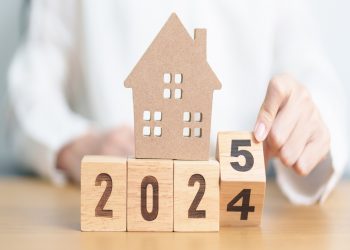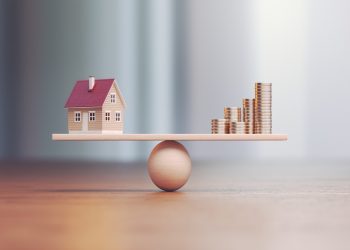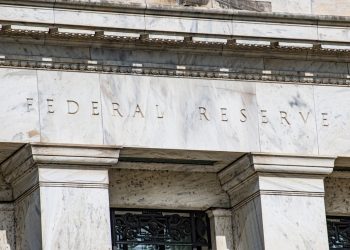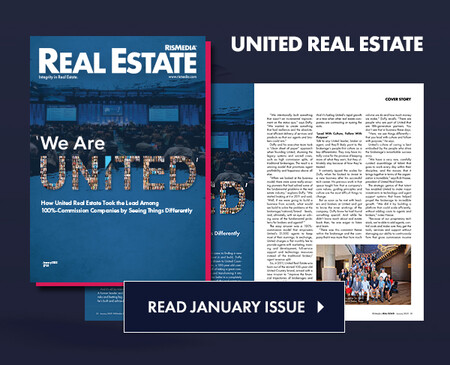RISMEDIA, August 29, 2009-(MCT)-Homes located within walking distance of amenities such as schools, parks and shopping aren’t only more convenient for their owners, often they’re also worth more than homes in neighborhoods where driving is the rule, according to a new study.
The report looked at 94,000 real-estate transactions in 15 markets. In 13 of those markets, higher levels of “walkability” were directly linked to higher home values.
The report, “Walking the Walk: How Walkability Raises Housing Values in U.S. Cities,” was commissioned by CEOs for Cities, a national network of urban leaders from the civic, business, academic and philanthropic sectors.
It’s an important point for homebuyers who are trying to identify which homes will hold their value, said Joseph Cortright, the report’s author and a senior policy adviser to CEOs for Cities. Cortright is an economist and president of Impresa, a Portland, Ore.-based consulting firm. Walkable places have some of the best chances of performing well in years ahead, he said.
The analysis used transaction information from ZipRealty. It calculated walkability of the homes using the Walk Score algorithm, which grades addresses based on amenities that are nearby, from restaurants and coffee shops to parks and libraries. Scores range from 0 to 100, with 100 being the most walkable; a score higher than 70 indicates it’s possible to get around in the area without using a car.
Controlling for other factors including a home’s size, the number of bathrooms and bedrooms, age, neighborhood income levels, distance from the Central Business District and access to jobs, the study found that a one-point increase in Walk Score is linked to an increase in home value between $500 and $3,000, depending on the market, according to the study. The premium for homes in neighborhoods with above-average Walk Scores ranged from $4,000 to $34,000.
But that premium wasn’t found everywhere. In Las Vegas, walkability correlated with lower housing values. Bakersfield, Calif., showed no statistically significant connection between walkability and home prices, according to the study. The report didn’t investigate why homes in walkable neighborhoods didn’t bring a premium in those two places.
It’s speculative, but in Las Vegas, “it may be that those neighborhoods that have the highest walkability are not the most attractive areas” in the metropolitan area, Cortright said. Matt Lerner, chief technology officer of Front Seat, the software company behind Walk Score, said Bakersfield is somewhat sprawling and perhaps never developed a healthy city center or clusters of walkable neighborhoods. Or it could be that the volume of foreclosures and the macroeconomic trends with which these cities are dealing are overwhelming any positive effects that walkability might have on home prices, said Pat Lashinsky, chief executive of ZipRealty.
Even in areas where walkability does statistically matter, the premium it affords isn’t the same from place to place. Dense urban areas such as Chicago and San Francisco showed higher price gains based on higher Walk Scores; in less dense markets like Tucson and Fresno, home prices didn’t jump as much due to higher walkability. Other metropolitan areas included in the study were: Arlington, Va.; Austin, Texas; Charlotte, N.C.; Dallas, Texas; Jacksonville, Fla.; Phoenix, Ariz.; Sacramento, Calif.; Seattle, Wash.; and Stockton, Calif.
There are environmental and health benefits from living in a place where the car can stay parked. In promoting Walk Score, Lerner said his firm emphasizes how walking rather than driving can play a part in preventing global warming and how people who live in walkable areas weigh seven pounds less, on average, than those who don’t. Places with higher Walk Scores also often have better mass transit services, according to the report. “I don’t know of any other study that has put a dollar value on walkability,” he said.
Consider two neighborhoods in Charlotte, N.C. In Ashley Park, with a typical Walk Score of 54, the median home price was $280,000. In Wilmore, where the average score was 71, a similar home would be valued at $314,000, according to the report. While convenience does play a roll in the desirability of walkable neighborhoods, consumers still haven’t forgotten the days of $4-a-gallon gas-and that scar is influencing where they want to buy a home, Lashinsky said.
“When people are looking to buy a house now, they know in the back of their mind that there is a risk that gas prices can be higher than they are right now,” Cortright said.
“This is not about people having to live without cars.” Rather, it’s about giving people the option to use them less often. “They don’t need to use them for every single trip, and when they do have to, they don’t have to drive as far,” he said.
The findings are also important for policy makers, said Carol Coletta, president of CEOs for Cities, in a news release. “They tell us that if urban leaders are intentional about developing and redeveloping their cities to make them more walkable,” she said, “it will not only enhance the local tax base but will also contribute to individual wealth by increasing the value of what is, for most people, their biggest asset.”
(c) 2009, MarketWatch.com Inc.
Distributed by McClatchy-Tribune Information Services.










